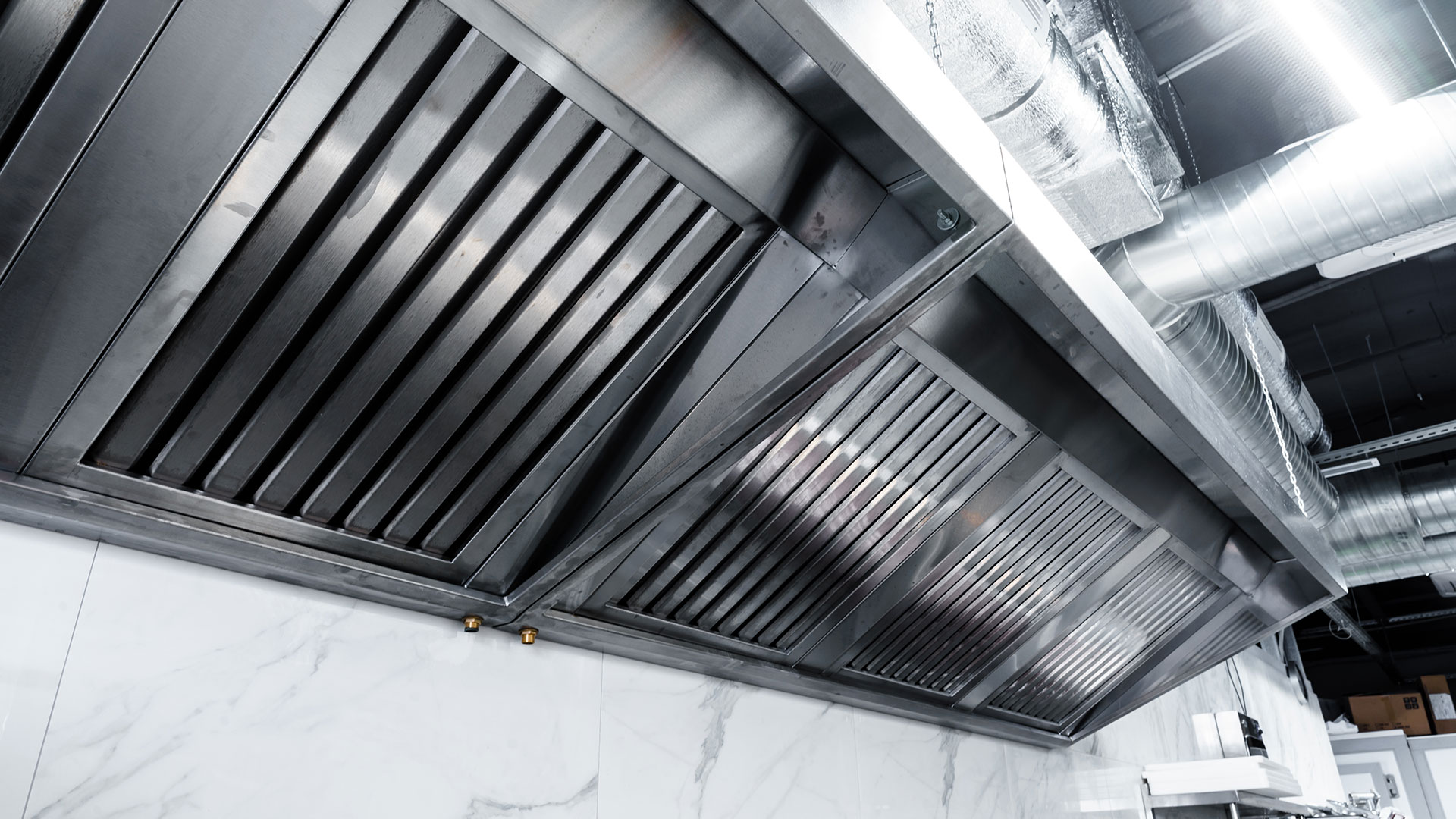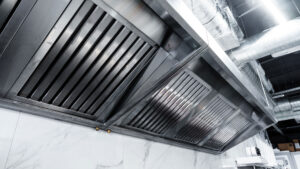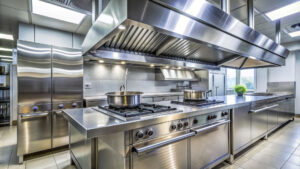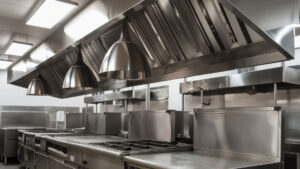In Phoenix’s challenging climate, maintaining an efficient kitchen ventilation system isn’t just about comfort—it’s about controlling operating costs and ensuring safety. With summer temperatures routinely exceeding 110°F, your kitchen’s ventilation system faces unique challenges that directly impact your bottom line.
The True Cost of Inefficient Ventilation
When a kitchen ventilation system operates below optimal efficiency, the impacts cascade throughout your operation. A recent study of Phoenix-area restaurants found that inefficient kitchen ventilation systems can increase energy costs by up to 30% during peak summer months. However, the financial impact extends far beyond utility bills.
Consider these operational impacts:
First, there’s the immediate effect on your utility costs. An inefficient system works harder to maintain proper airflow, consuming more energy and increasing your monthly expenses. In Phoenix’s summer months, this inefficiency becomes particularly pronounced as your HVAC system struggles to compensate for poor ventilation.
Second, inefficient ventilation affects food quality. When smoke and cooking odors linger in the kitchen, they can impact the dining experience and even alter food taste. This subtle effect can influence customer satisfaction and return visits.
Third, but equally important, is the impact on staff productivity. A poorly ventilated kitchen creates uncomfortable working conditions, leading to decreased staff efficiency and potentially higher turnover rates.
Signs Your Ventilation System Needs Attention
Temperature Management Issues
When your kitchen ventilation system isn’t operating efficiently, you’ll notice several telltale signs. The most obvious is temperature inconsistency throughout your kitchen. Hot spots near cooking areas may become more pronounced, and staff might complain about uncomfortable working conditions.
Visible Evidence
Look for these visual indicators of ventilation problems:
– Condensation on walls or windows
– Visible smoke or vapor lingering in the air
– Grease deposits on surfaces away from cooking areas
– Fluctuating pilot lights
– Drafty conditions in dining areas
Performance Metrics
Monitor these quantifiable indicators:
– Monthly energy bills showing steady increases
– Temperature variations between cooking stations
– Increased HVAC maintenance frequency
– Rising humidity levels in the kitchen
The Science of Kitchen Airflow
Understanding how air moves through your kitchen helps explain why proper ventilation is crucial. Your exhaust system creates a negative pressure zone that draws hot air, cooking vapors, and grease particles upward. However, this system must be balanced with adequate makeup air to function effectively.
The Makeup Air Factor
In Phoenix’s climate, makeup air presents a particular challenge. During summer months, the incoming air must be conditioned to maintain comfortable working temperatures. This process requires significant energy, making system efficiency crucial for controlling costs.
Balancing Your System
Proper balance between exhaust and makeup air depends on several factors:
– Kitchen layout and size
– Cooking equipment type and placement
– Operating hours and volume
– Building design and age
– Local climate conditions
Optimization Strategies for Phoenix Kitchens
Temperature Control
Given Phoenix’s extreme summer temperatures, special consideration must be given to makeup air conditioning. Strategic approaches include:
First, scheduling heavy cooking operations during cooler morning hours when possible. This practice reduces the load on both your ventilation and cooling systems during peak temperature periods.
Second, maintaining proper insulation around ductwork, particularly in unconditioned spaces. This prevents heat gain and reduces the energy needed to condition makeup air.
Third, implementing regular maintenance schedules that account for our unique climate challenges. Desert dust and extreme temperatures can accelerate wear on system components.
Energy Efficiency Measures
Implementing energy-efficient practices can significantly reduce operating costs:
The first step is ensuring proper calibration of your demand-controlled ventilation system. This technology adjusts fan speeds based on cooking activity, potentially reducing energy consumption by 30-50%.
Next, consider installing variable frequency drives (VFDs) on exhaust fans. These devices allow for more precise control of airflow and can significantly reduce energy consumption during slower periods.
Finally, regular cleaning and maintenance keep your system operating at peak efficiency. Clean ductwork and fans require less energy to maintain proper airflow.
The ROI of Regular Maintenance
Investment in regular maintenance delivers measurable returns:
Energy Savings
– Properly maintained systems use 15-25% less energy
– Reduced load on HVAC systems
– Lower peak demand charges
– More efficient makeup air conditioning
Equipment Longevity
Regular maintenance extends the life of both ventilation and cooking equipment by:
– Preventing excessive wear on fan motors
– Reducing stress on HVAC systems
– Protecting cooking equipment from excessive heat
– Maintaining proper air balance
Regulatory Compliance
Meeting local health and safety regulations requires maintaining proper ventilation. The Maricopa County Environmental Services Department conducts regular inspections that include ventilation system evaluation.
Taking Action
Improving your kitchen’s ventilation efficiency starts with a professional assessment. A qualified contractor can evaluate your current system’s performance and identify opportunities for improvement.
Hood Hero offers comprehensive ventilation assessments that include:
– Airflow testing and balancing
– Energy efficiency evaluation
– Maintenance needs assessment
– Compliance review
– Cost-saving recommendations
Contact us at (602) XXX-XXXX to schedule your professional ventilation assessment and start optimizing your kitchen’s efficiency today.
Schedule Your Ventilation Assessment
Note: Energy savings estimates are based on average figures for properly maintained systems in the Phoenix metropolitan area. Individual results may vary based on specific equipment, usage patterns, and environmental conditions.



